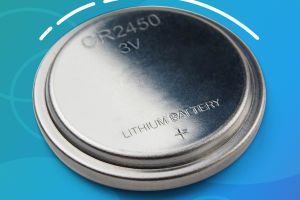The chopsticks were jointly developed by Meiji University professor Yoshiaki Miyashita and beverage giant Kirin Holdings, and the principle is to improve the sense of taste through electrical stimulation with a microcomputer worn on the wrist, the report said.
The traditional Japanese diet is salty, with the average local adult consuming about 10 grams of salt a day, twice the amount recommended by the World Health Organization, and high sodium intake can increase the incidence of hypertension, stroke, and other diseases.
To reduce salt intake, people often have to tolerate bland and tasteless foods, researchers say. Electronic chopsticks produce a salty taste in the mouth that is 1.5 times saltier than the food by releasing a weak electric current that transmits sodium ions from the food to the user's mouth through the chopsticks.
Researchers are still improving the electronic chopsticks prototype and hope to commercialize it as soon as next year.
So, how much salt is appropriate for the human body to consume in a day?
The human body's need for sodium is divided into three levels: low, medium, and high.
A daily supplement of 1,500 mg is low; a supplement of 2,400 mg is medium, and a supplement of 3,500 mg is high; then convert it into salt portions of 3.8 grams (a large half spoon), 5.8 grams (a spoon) and 8.9 grams (a spoon and a half), respectively.
It is sufficient for adults under 50 years of age to consume just a large half spoonful of salt per day to replace the sodium lost through sweating. If you work in a hot environment, are exposed to the sun, or sweat a lot, you only need to supplement with one tablespoon of salt per day. After the age of 50, the demand for sodium will be lower; after the age of 70, the demand for sodium will be even lower, and half a spoonful of salt per day will be enough.
In daily life, we need to pay attention to reducing salt intake, ensuring a low-salt diet, and eating less pickled foods, such as pickled vegetables and salted meat. Eat more vitamin-rich vegetables and fruits, such as cucumbers and oranges, to promote health.


